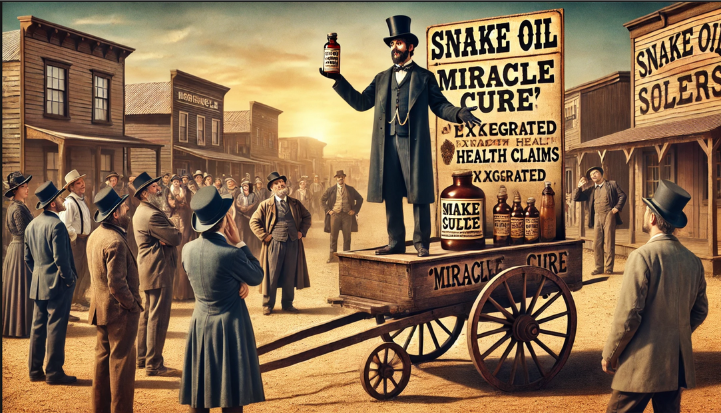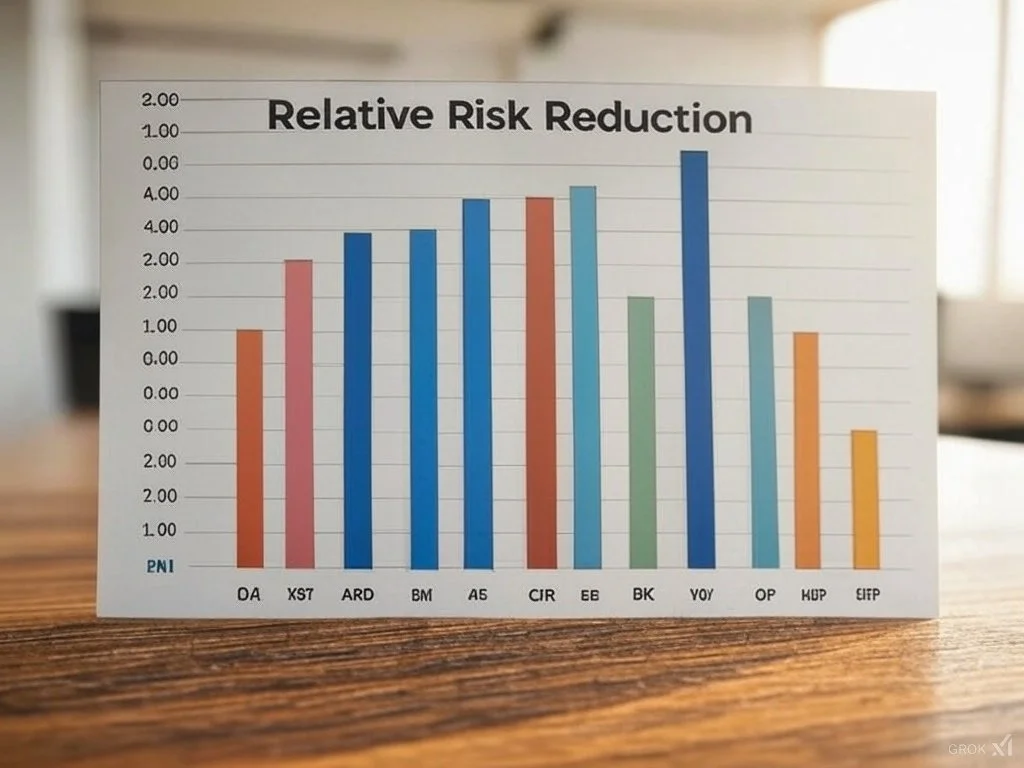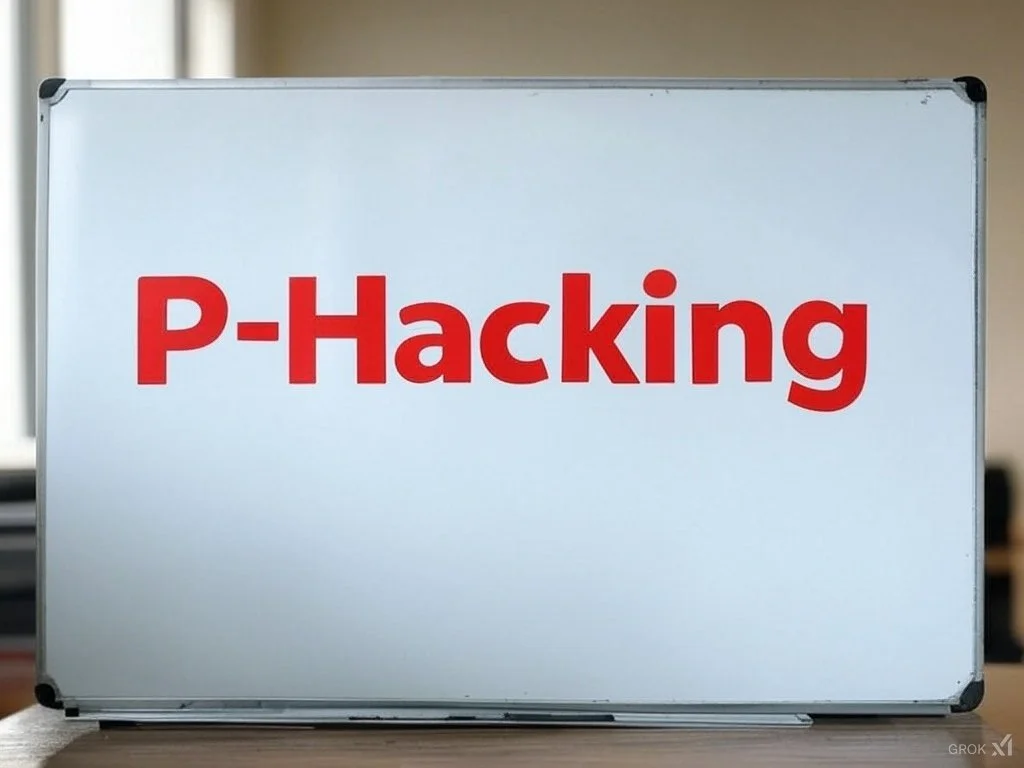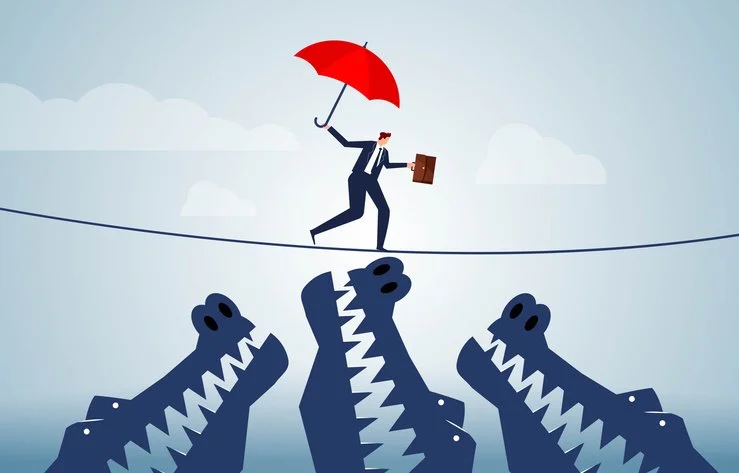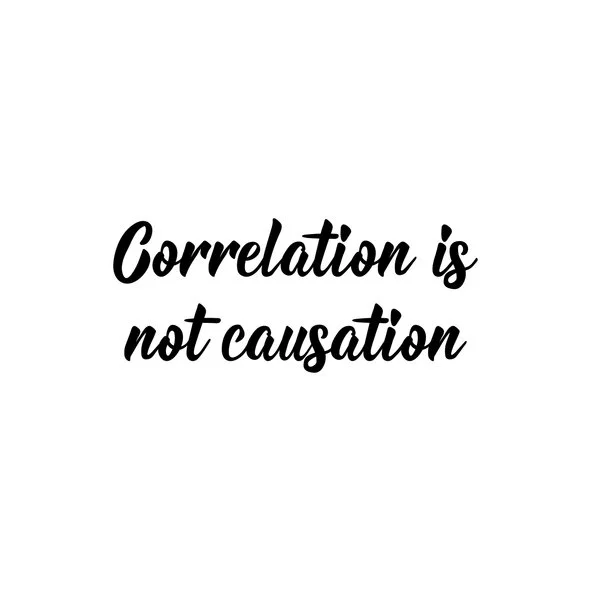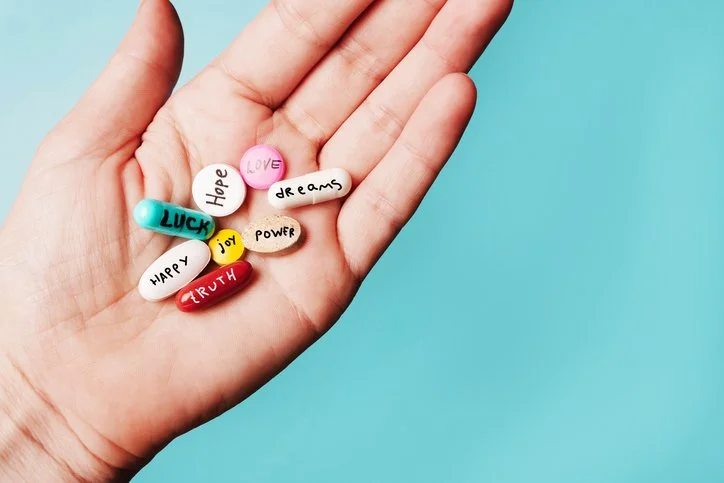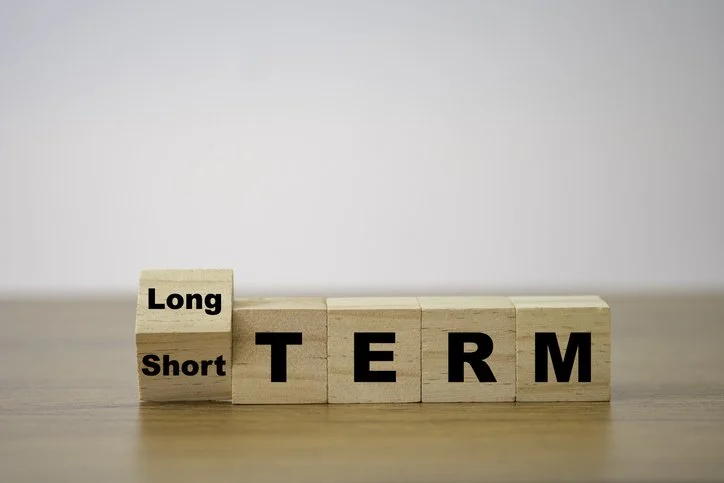Behind the Percentages: Why Health Claims Are Rarely What They Seem
Last week, I wrote about how ideas can get muddled when attached to gain. This post delves into some of the trickery. Let's get real: we've all seen the headlines. "New Drug Slashes Cancer Risk by 50%!" or "This Protocol Boosts Survival Rates Dramatically!" They hit hard, don't they? You feel hope, maybe even relief. But here's the kicker—most of these claims are built on statistical quicksand. The health field, from Big Pharma to wellness gurus, has mastered the art of making meh look miraculous. I'm not saying every stat is a lie, but enough of them are dressed up to deserve a hard squint. So, let's pull back the curtain and see what's really going on.
Relative Risk Reduction
This is the poster child of statistical sleight of hand. Say a drug cuts your risk of a heart attack from 2% to 1%. That's a 50% relative reduction—sounds huge, right? But in absolute terms, it's just a 1% drop. If 100 people take the drug, 99 of them get no benefit, and one avoids a heart attack. Suddenly, it's less of a "miracle cure" and more "expensive, maybe." Studies love touting relative numbers because they're punchy. Absolute risk? That's the quieter, truer story, and it's often tucked away in the fine print—if it's there at all.
P-Hacking
P-hacking is the dark art of squeezing data until it squeaks. Researchers tweak variables, cut outliers, or run a dozen tests until something hits that magic p-value of 0.05—statistical "significance." It's like fishing in a pond until you catch something, then pretending that was your target all along. A drug might show no real effect, but after slicing the data by age, gender, or shoe size, boom, there's a "significant" result. Journals eat it up, headlines follow, and we're left swallowing a conclusion that's more fluke than fact. Studies estimate over half of the published research findings could be false positives thanks to this game.
Survivorship
Survivorship bias is another gem. Ever notice how clinical trials love to brag about the winners? "Our treatment doubled survival rates!" Sure, but what about the folks who dropped out? Maybe they quit because the side effects were hell, or they died early and got scrubbed from the final tally. If you only count the survivors, your numbers look golden. It's like judging a marathon by the people who crossed the finish line and ignoring the ones who collapsed at mile five. Real-world effectiveness takes a hit when the messy stuff—dropouts, non-compliance—gets swept under the rug.
Small Sample Size
Sample size shenanigans deserve a shout, too. Small studies are the Wild West of health claims. Test a drug on 20 people, and a couple of random good outcomes can look like a trend. Scale that up to 2,000, and the effect often vanishes. However, small studies are cheaper, faster, and more likely to get published if they show something exciting. Big, boring trials that say, "eh, it's okay," don't grab headlines. So, we end up with a flood of overhyped "breakthroughs" that crumble under scrutiny. Next time you see a glowing stat, check the n—the number of participants. If it's tiny, raise an eyebrow.
Cherry Picking Data
Cherry-picking's a classic, too. Researchers might run 10 trials, but if only two show promise, guess which ones get the spotlight? The rest vanish into a file drawer, never to be seen. Or they'll cherry-pick endpoints—say, a drug doesn't extend life but lowers cholesterol a smidge, so they spin it as a win. It's not lying, exactly; it's just showing you the prettiest slice of the pie. The FDA or peer reviewers might catch this, but by then, the press release has already hit your inbox.
Correlation Confused With Causation
Let's talk about correlation dressed up as causation. A study finds people who eat kale live longer. Headline: "Kale Extends Your Life!" But kale-eaters are also wealthier, exercise more, or don't smoke. The kale might be along for the ride. Health stats love this trick because it's easy to slap a cause-effect label on a fuzzy link and call it science. Observational studies—ones that watch people, not test them—are especially guilty. They're useful for spotting patterns, but they're not proof. Still, that doesn't stop the hype train.
Placebo Power
Placebo power gets twisted, too. A treatment might "beat" a placebo by a hair—say, 10% improvement versus 8%. Statistically significant? Maybe. Meaningful? Barely. But the marketing spins it as "proven effective," glossing over how much of the healing was just belief or time. And if the placebo group gets a weaker comparator—like sugar pills instead of standard care—the "win" looks bigger. It's a subtle tweak with big payoffs for whoever's selling.
Short Study Duration
Scale matters in another way: time. A drug might look great in a six-month trial, but what about five years? Side effects could pile up, or benefits fade. Short studies dominate because they're practical, but they're a snapshot, not the full movie. That "90% success rate" might be 90% for a few months—then what? Long-term data's rarer, and by the time it trickles in, the drug's already a blockbuster.
So, why does this happen? Money's a big driver—pharma wants profits, researchers want grants, and journals want clicks. But it's also human. We crave simple answers: take this, live longer. The truth—murky, incremental gains with trade-offs—doesn't sell. And we're complicit; we lap up the shiny stats without digging deeper. It's not malice every time; sometimes, it's just sloppy science meeting eager ears.
What's the fix? Start with skepticism. When you see a health claim, ask: Absolute or relative? How big was the study? Who funded it? Did they cherry-pick? Look past the headline—find the raw numbers, the dropouts, and the timeline. It's not about distrusting everything; it's about not being a sucker. The health field is a minefield of half-truths, but once you know the tricks, you can sidestep the worst of it. Next time someone promises a cure with a big, bold percentage, you'll know to peek behind the curtain. Chances are, the wizard's just a guy with a calculator.
